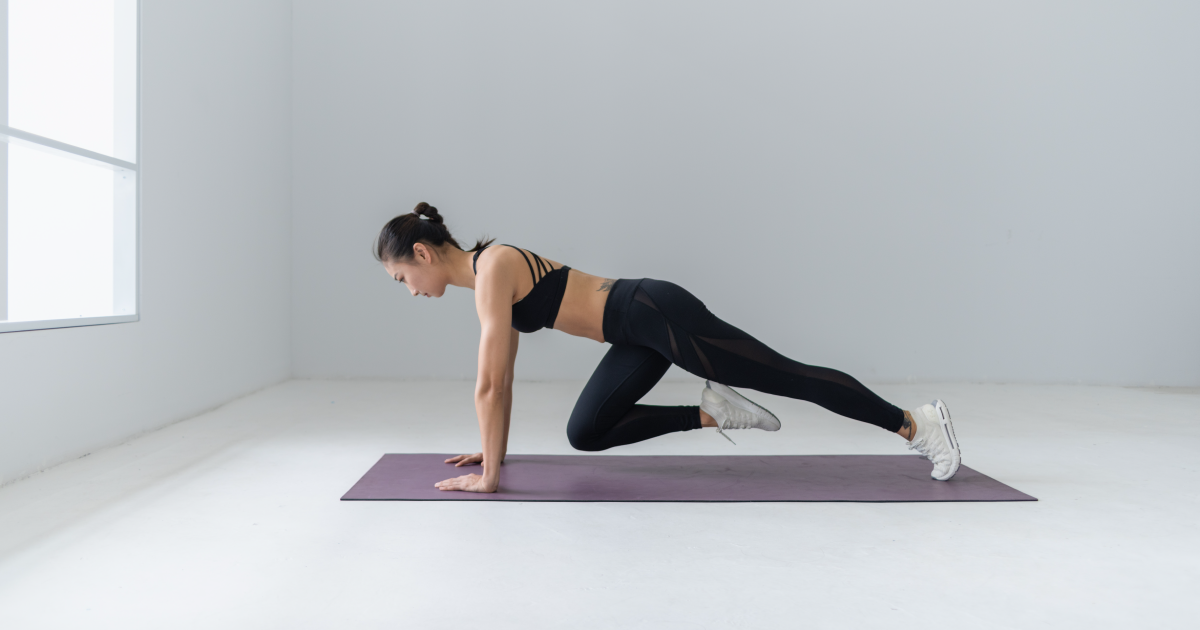In today’s fast-paced world, finding time to hit the gym can be a challenge. But what if you could achieve your fitness goals from the comfort of your home, without needing any fancy equipment? The good news is that you can! Bodyweight exercises are an excellent way for beginners to build strength, improve flexibility, and boost overall fitness. Whether you’re just starting your fitness journey or looking for a convenient way to stay active, these home workout routines are perfect for you. Let’s dive into the best no-equipment workouts tailored for beginners.
Why Choose Bodyweight Workouts?
Bodyweight exercises are simple, effective, and require no special tools or gym memberships. They use your own weight as resistance, making them ideal for beginners. Plus, they can be modified to suit your fitness level, ensuring a safe and progressive workout experience. From improving cardiovascular health to building muscle, these exercises offer a full-body workout that’s both accessible and efficient.
Beginner-Friendly Home Workout Routine
This routine is designed to target all major muscle groups while keeping things simple and manageable. Perform each exercise for 30-45 seconds, followed by a 15-30 second rest. Complete the circuit 2-3 times, depending on your fitness level.
Warm-Up (5 Minutes)
Before diving into the workout, it’s essential to warm up your muscles to prevent injury. Try these simple movements:
- Marching in Place: Lift your knees high and swing your arms for 1-2 minutes.
- Arm Circles: Extend your arms out to the sides and make small circles for 30 seconds, then reverse direction.
- Bodyweight Squats: Perform 10-12 slow squats to activate your legs and glutes.
Bodyweight Squats
- How to Do It: Stand with feet shoulder-width apart. Lower your body as if sitting back into a chair, keeping your chest up and knees behind your toes. Push through your heels to return to the starting position.
- Benefits: Strengthens legs, glutes, and core.
Push-Ups (Modified if Needed)
- How to Do It: Start in a plank position with hands under your shoulders. Lower your body until your chest nearly touches the floor, then push back up. Beginners can perform knee push-ups for an easier variation.
- Benefits: Targets chest, shoulders, triceps, and core.
Plank Hold
- How to Do It: Get into a forearm plank position with your body in a straight line from head to heels. Engage your core and hold the position.
- Benefits: Strengthens core, shoulders, and improves posture.
Glute Bridges
- How to Do It: Lie on your back with knees bent and feet flat on the floor. Lift your hips toward the ceiling, squeezing your glutes at the top, then lower back down.
- Benefits: Activates glutes, hamstrings, and lower back.
Mountain Climbers
- How to Do It: Start in a plank position. Quickly alternate bringing one knee toward your chest, as if “climbing” in place.
- Benefits: Boosts cardiovascular fitness and works the core, shoulders, and legs.
Standing Side Leg Lifts
- How to Do It: Stand tall and lift one leg out to the side, keeping it straight. Lower it back down and repeat on the other side.
- Benefits: Strengthens outer thighs and improves balance.
Cool-Down and Stretching (5 Minutes)
After your workout, take time to stretch your muscles to improve flexibility and reduce soreness. Focus on stretches for your legs, arms, back, and shoulders.
Tips for Success
- Start Slow: If you’re new to exercise, begin with shorter durations and fewer repetitions. Gradually increase intensity as you build strength and endurance.
- Focus on Form: Proper technique is crucial to prevent injuries and maximize results. Take your time to learn each movement.
- Stay Consistent: Aim to work out 3-4 times per week. Consistency is key to seeing progress.
- Listen to Your Body: If an exercise feels too challenging, modify it or take a break. It’s important to work at your own pace.
Benefits of Home Workouts for Beginners
- Convenience: No need to commute or invest in expensive equipment.
- Flexibility: Work out anytime that fits your schedule.
- Cost-Effective: Save money on gym memberships and equipment.
- Privacy: Exercise in a comfortable, judgment-free environment.
Final Thoughts
Starting a fitness journey doesn’t have to be intimidating or expensive. With these no-equipment home workout routines, beginners can build a strong foundation, improve overall health, and develop healthy habits. Remember, progress takes time, so be patient with yourself and celebrate small victories along the way. Lace up your sneakers, clear some space, and get ready to transform your body and mind—all from the comfort of your home!
